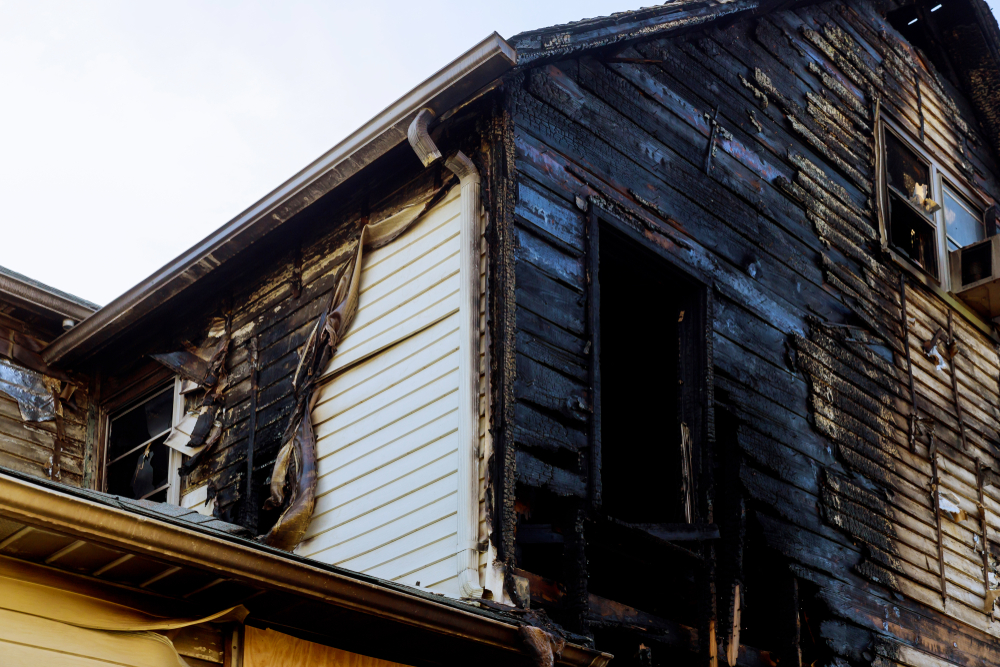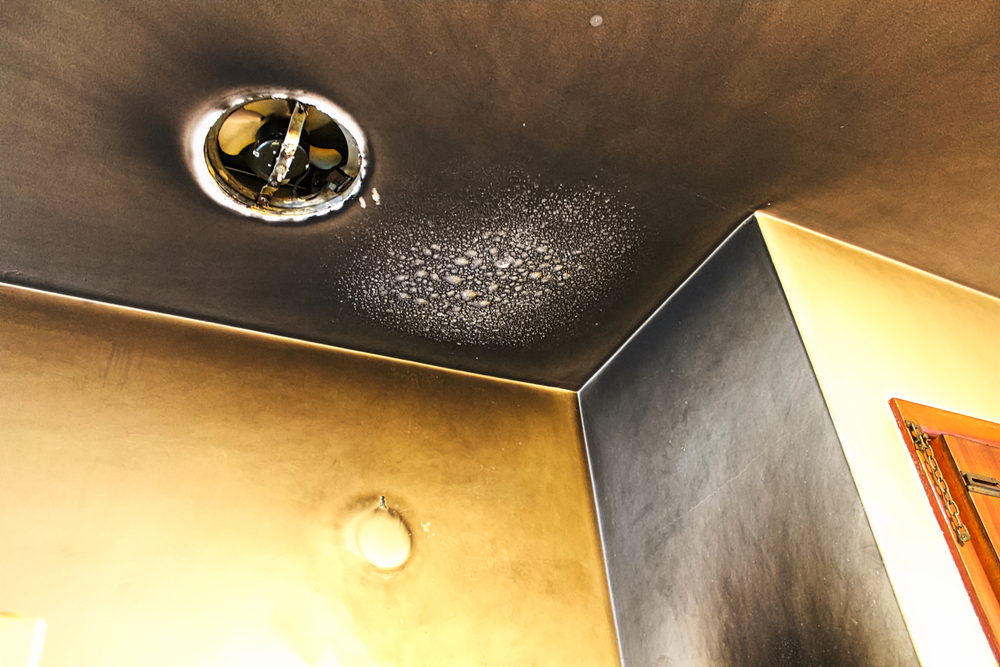One of the most horrific events a homeowner may go through is a house fire, which leaves behind complicated, usually concealed types of damage in addition to obvious devastation. Though many people consider fire damage to be just “burning,” the truth is significantly more complex. From charring and smoke to heat and water damage, fires can affect dwellings in several ways, each with particular difficulties. Effective restoration and prevention depend on a knowledge of these several kinds of damage. Knowing the hidden risks of fire damage helps homeowners decide how best to safeguard their houses and guarantee the safety of their families. This tutorial will go over the different types of fire damage, the health hazards it causes, and the actions you may do to protect and restore your house.
Types of Fire Damage
Damage from fires goes much beyond what the flames eat. It covers a spectrum of harmful forces that impact various areas of your house and possessions in different ways, usually calling for specific solutions for restoration.
1. Direct Flame Damage
One most obvious result of a fire is direct flame damage. It happens where flames directly touch something to produce:
- Charring and burning: Structural components like walls, floors, and ceilings can be seriously undermined or destroyed by charring and burning. Burnt materials lose their strength, are brittle and dangerous.
- Destruction of belongings: Furniture, clothes, and personal things in the path of the fire can be permanently ruined. Often lost are irplaceable sentimental objects.
- Structural compromise: The heat might cause ceilings to cave in, floors to collapse, or walls to fracture, therefore endangering the house for workers and residents.
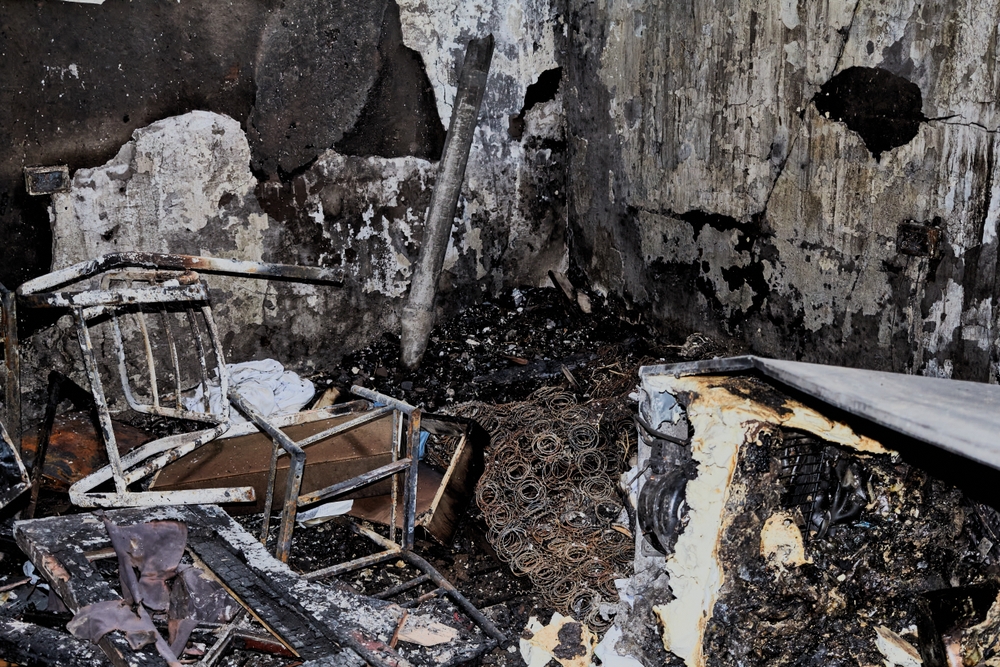
2. Smoke Damage
Usually extending well beyond the source of the fire, smoke damage permeates the house’s contents and surfaces. It contains:
- Soot residue: Fine, oily particles called soot residue accumulate on surfaces, staining walls, ceilings, and furniture. Additionally firmly ingrained in fabrics and carpets is soot.
- Persistent odors: Smoke particles attach themselves in porous materials, so even after washing, it is difficult to completely remove the stench.
- Health hazards: Particularly in toddlers, seniors, and those with allergies or asthma, airborne particles can aggravate the respiratory system.
- Chemical residues: Burning synthetic materials including plastics releases dangerous chemicals that stay on surfaces and in the air.
3. Heat Damage
Strong heat from a fire can seriously damage buildings and materials even in absence of direct contact with flames, including:
- Warping and melting: Materials including plastic, metal, and glass might warp and melt, or weaken and discolor. Appliances, counters, and cabinets can all lose their usefulness.
- Appliance damage: High temperatures may damage electrical systems, cables, and appliances, therefore making them dangerous to operate without careful examination and repair.
- Weakened structures: Reduced strength of building materials caused by prolonged heat exposure calls for thorough examination to stop further collapses.
4. Water Damage
The complexity of restoration is increased by the fact that water used to put out a fire typically causes great damage. This covers:
- Mold and mildew growth: Too much moisture provides a habitat for mold, which, if left unchecked quickly can spread.
- Warped wood and flooring: Extended water exposure can distort hardwood surfaces, create swelling, and induce rot weakening structural parts.
- Electrical hazards: Water intrusion raises the possibility of short circuits, broken wire, and later electrical fires.
5. Secondary Damage
Secondary damage is the indirect consequences of a fire, which sometimes show long after the flames are out. These consist among:
- Structural instability: Long-term soot, ash, and residual heat degrades support beams and foundations over time.
- Long-term health risks: Extended contact to smoke residue and pollutants including dioxins and polycyclic aromatic hydrocarbons (PAHs) can cause chronic respiratory problems and other health difficulties.
- Contamination: Toxic leftovers from burned goods can find their way into ventilation systems and surfaces, therefore creating continuous hazards if not effectively eliminated.
Identifying Different Types of Fire Damage
First step toward efficient fire damage restoration is realizing the several kinds of fire damage exists. Homeowners have several ways to spot problems:
Visual Inspection
Look for:
- Charring and discoloration: Blackened walls or singed wood are markers of flame and heat damage.
- Soot stains: Black or gray residue from soot stains shows on walls, ceilings, furniture, and personal objects.
- Water stains: Indices of moisture absorption including bent wood, paint flaking, or damp, bloated surfaces.
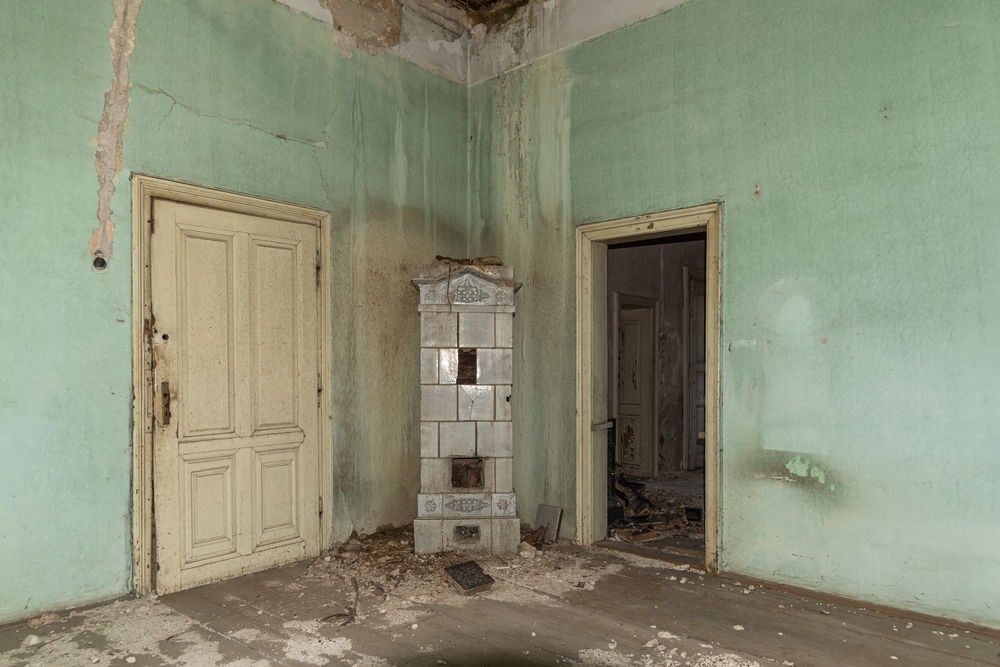
Odor Assessment
Lingering scents can highlight unseen damage:
- Smoke odors: Embeded in carpets, drapes, and upholstery, smoke smells typically call for either intensive cleaning or replacement.
- Musty smells: Usually found in enclosed or poorly ventilated spaces, musty scents indicate mold development from water damage.
Professional Inspection
Expert inspection of fire damage restoration guarantees nothing is missed. Professionals utilize cutting-edge instruments to:
- Find structural flaws, caught smoke particles, or weakened insulation—hidden damage.
- Examine air quality and contamination levels to find dangerous chemicals like carbon monoxide or VOCs.
The Importance of Proper Restoration
Ignoring all kind of fire damage could have long-term effects on your house and health. Good restoration consists in the following:
Comprehensive Repairs
- Structural integrity: Rebuilding damaged ceilings, flooring, and walls will help to guarantee the house is safe for living.
- Material replacement: Removing and replacing unsalvageable items—including furniture, drywall, and insulation—helps to prevent residual dangers.
Health Protection
- Air purification: Install HEPA filters or air scrubbers to eliminate airborne pollutants and poisons, therefore restoring good indoor air quality.
- Surface decontamination: Cleaning soot and smoke residue from all impacted locations—including hard-to-reach regions like ducts and attics—surface decontamination
Mold Prevention
- Moisture control: Dehumidifiers, fans, and correct ventilation help to manage moisture therefore preventing mold development.
- Regular inspections: Frequent checks help to guarantee no concealed water damage, particularly in moist environments.
Prevention Tips
Being proactive helps to reduce the possibility of fire and its terrible consequences:
Regular Home Maintenance
- Electrical system checks: Check appliances and wiring to make sure they are in good working order and help to stop electrical fires.
- HVAC maintenance: Maintaining clean vents and filters will help to lower fire threats and enhance indoor air quality.
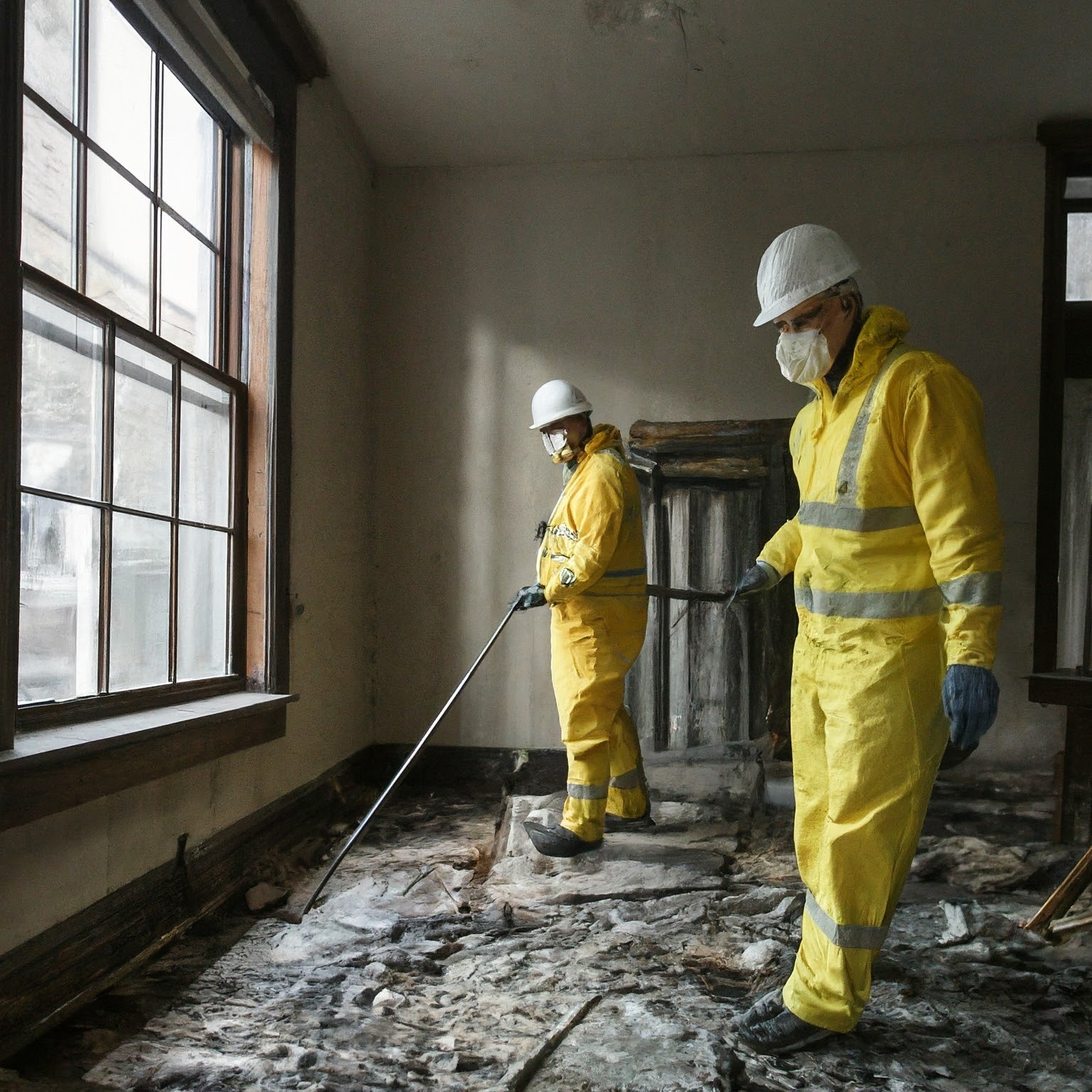
Fire Safety Practices
- Smoke alarms: Install and test smoke detectors in every room often to guarantee early fire detection.
- Escape plan: Create and run a fire escape plan with your family to make sure everyone understands what to do in an emergency.
- Fire extinguishers: Fire extinguishers should be easily available in important parts of your house, such as the garage and kitchen, and everyone should know how to use them.
Addressing Hazards Promptly
- Clear combustible items from close proximity to heat sources, including drapes next to space heaters or stoves.
- Right away fix broken appliances or damaged wiring to remove possible ignition sources.
Conclusion
Effective restoration and prevention depend on knowledge of the several forms of fire damage. Fires leave behind hidden hazards that might endanger the safety of your house or the health of your family, not only obvious damage. Understanding the different effects of flames, smoke, heat, water, and subsequent consequences will help homeowners recover their houses and stop such events in the future. Seeking expert assistance guarantees a complete and safe restoration process, so providing you piece of mind and a healthy living environment. Guard your house and loved ones from the long-lasting consequences of fire damage early on.
Philadelphia Restoration Services
https://www.google.com/maps?cid=3399342399556699153
+1 267 668 0013
https://philadelphiarestorationservices.com/

